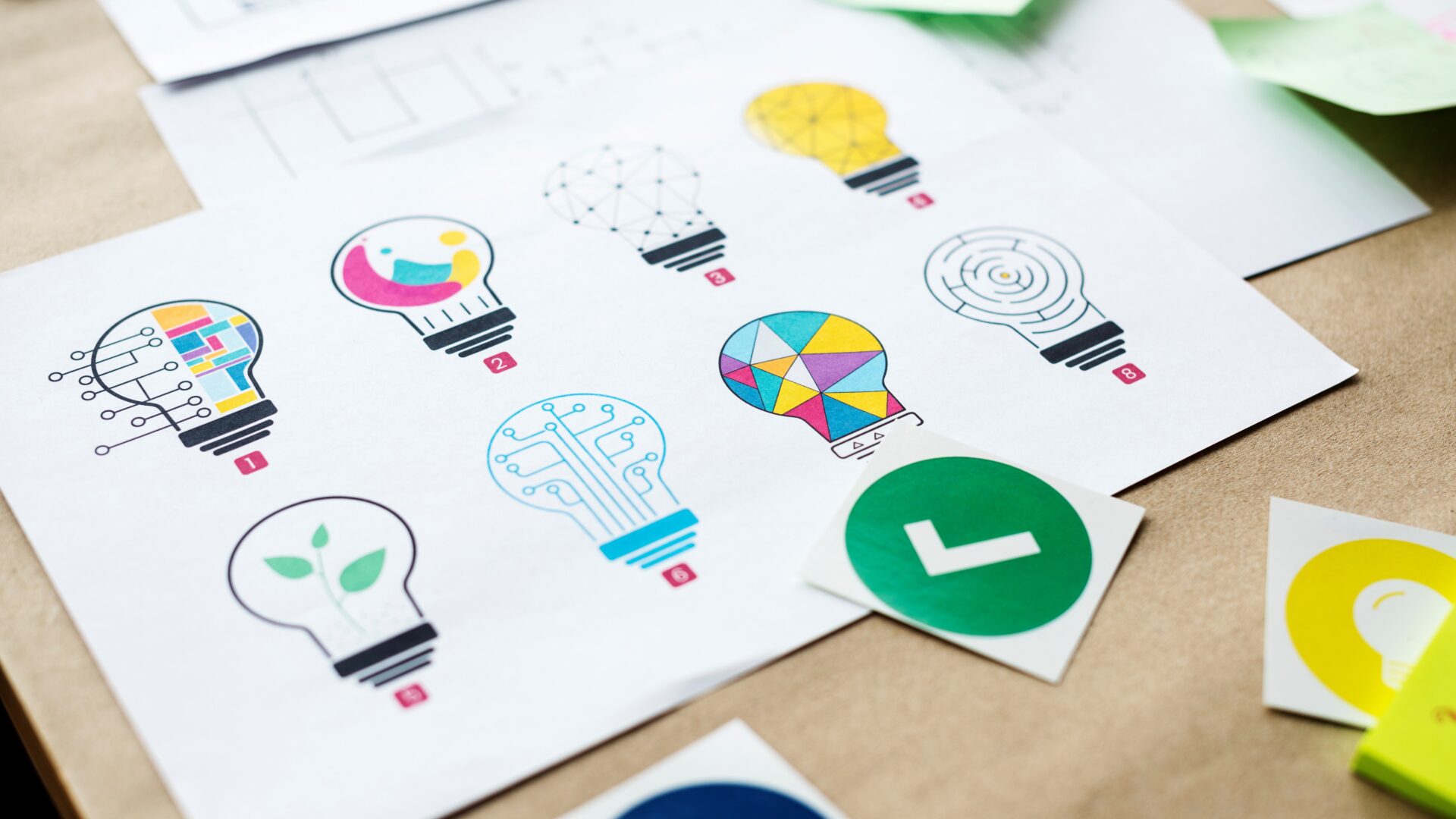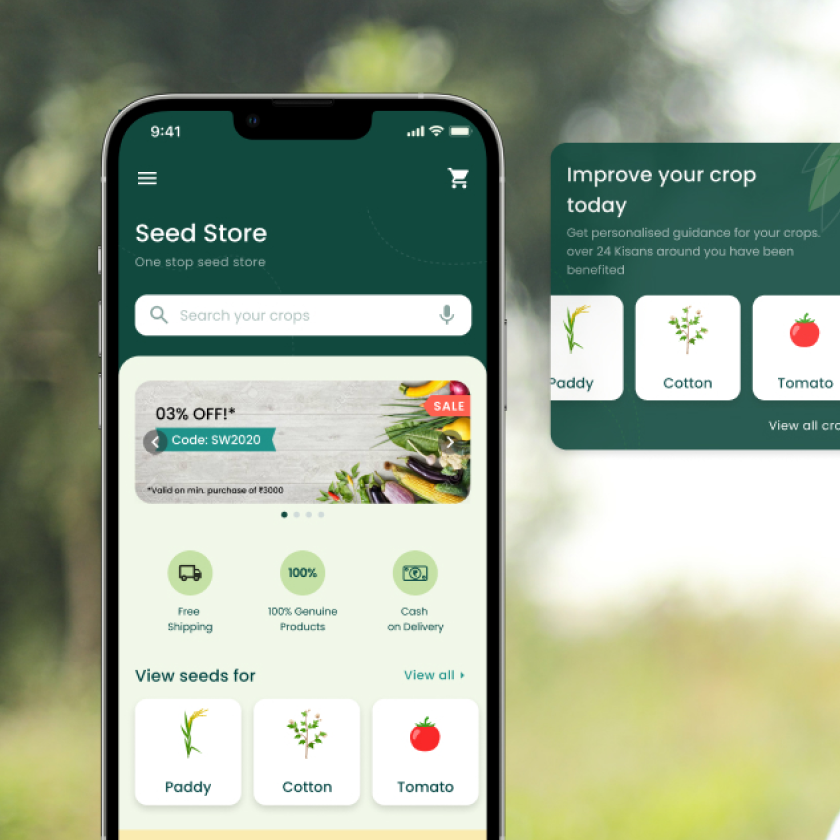What is
Design Thinking ?
Design Thinking is a human-centered problem solving process which focuses on coming up with as many possible solutions to a problem through
- Understanding users
- Challenging assumptions
- Redefining problem
It involves 5 phases – Empathize, Define, Ideate, Prototype and Test and is most suitable in cases where the problem statement is poorly defined or largely unknown. Rightly considered as the holy grail of innovation, design thinking is not limited to just design but expands to engineering, architecture, basically any field that requires creative & innovative solutions to pressing problems.
Design thinking principles form the core of our product strategy & design framework because it enables us to to understand our users better, ideate & iterate upon multiple ideas till we find the best possible solution for our users & the business involved.
What is design thinking
methodology?
Design Thinking is an iterative & non-linear process that happens in the following phases
- Empathize – Engaging & observing target users to understand their challenges, pain points, & expectations.
- Define – Defining the problem statement that sets out to solve the specific challenge you users face, as revealed in the previous step.
- Ideate – The phase where you brainstorm & come up with as many solutions as possible through critical & creative thinking, where the focus is on quantity & not quality.
- Prototype – Narrowing down the ideas to a select few & creating prototypes (scaled-down versions of your actual product) , something tangible that can be tested on users.
- Test – Testing your prototypes on real user groups to assess its success/failure, taking feedback from users, improving the product design in a continued iterative process.
How can design thinking help your product?
Applying the design thinking framework to your business can help you
- Build products that your users really need
- Be empathy-driven & have user-centered approach
- Eliminates assumptions
- Fosters creativity & innovation that is focused on solving user problems
- Helps find clarity in case of poorly defined problem statements
- Enables exploratory thinking, moving away from conventional thinking
Why is design thinking a necessity for UX design?
- Focus on creating delightful user-centric experiences .
- Are iterative processes focused on prototyping & testing.
- Solve wicked design problems by brainstorming new creative solutions




